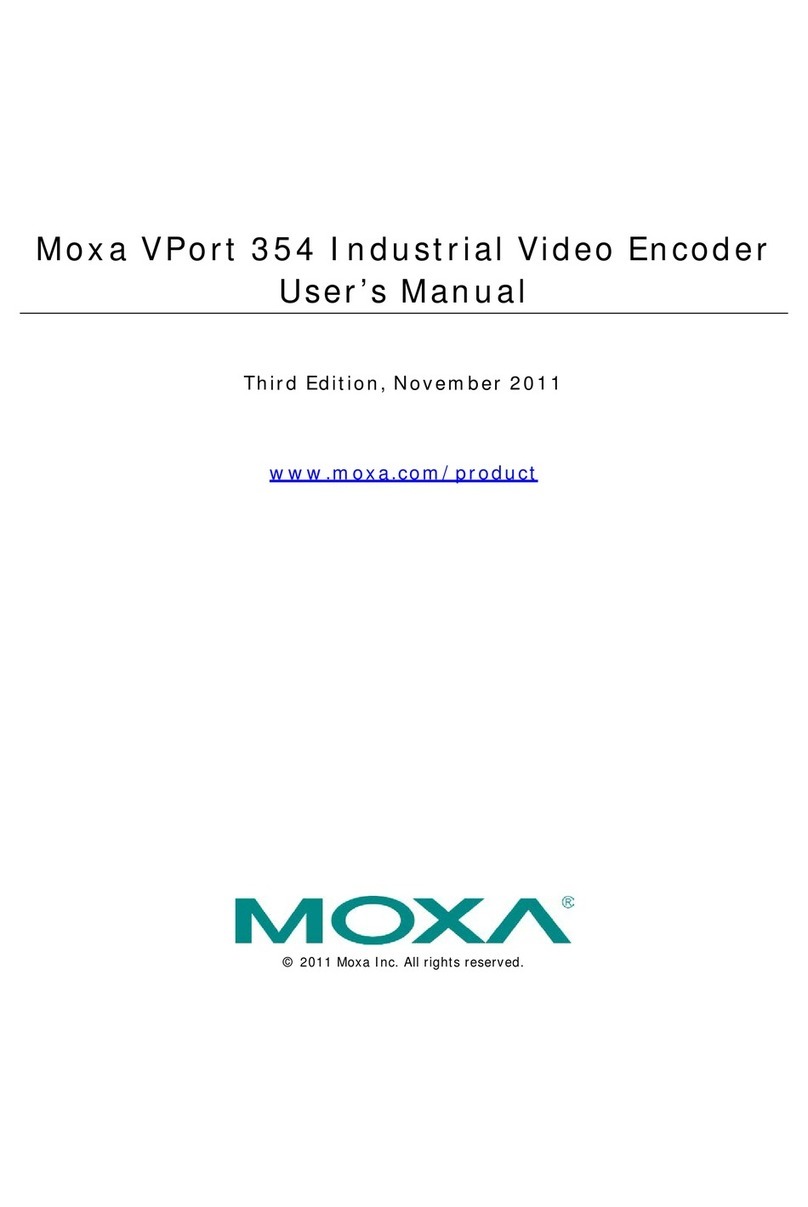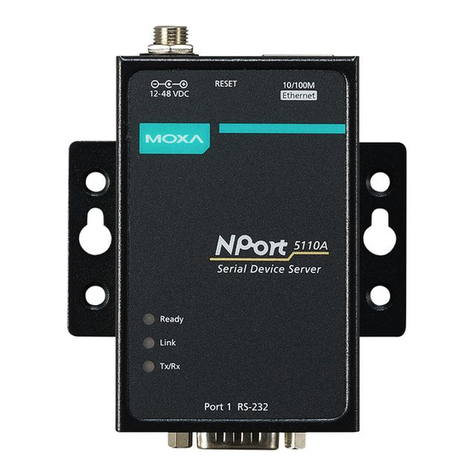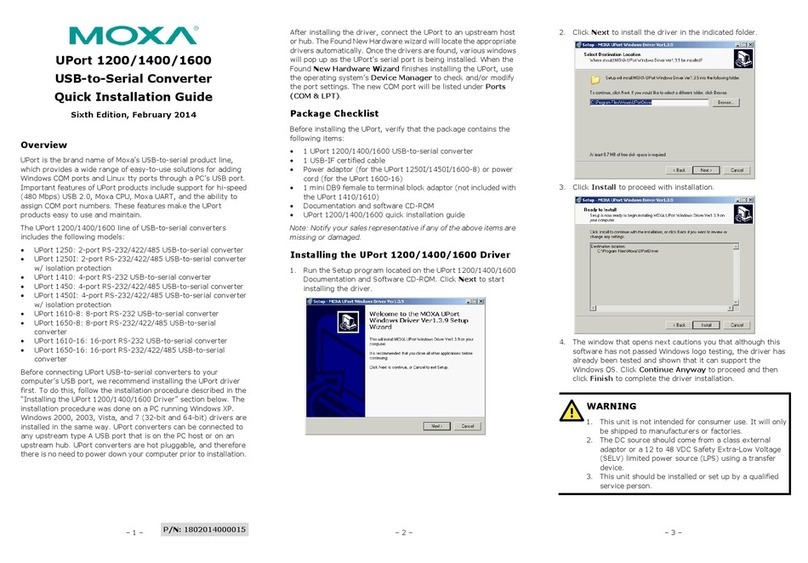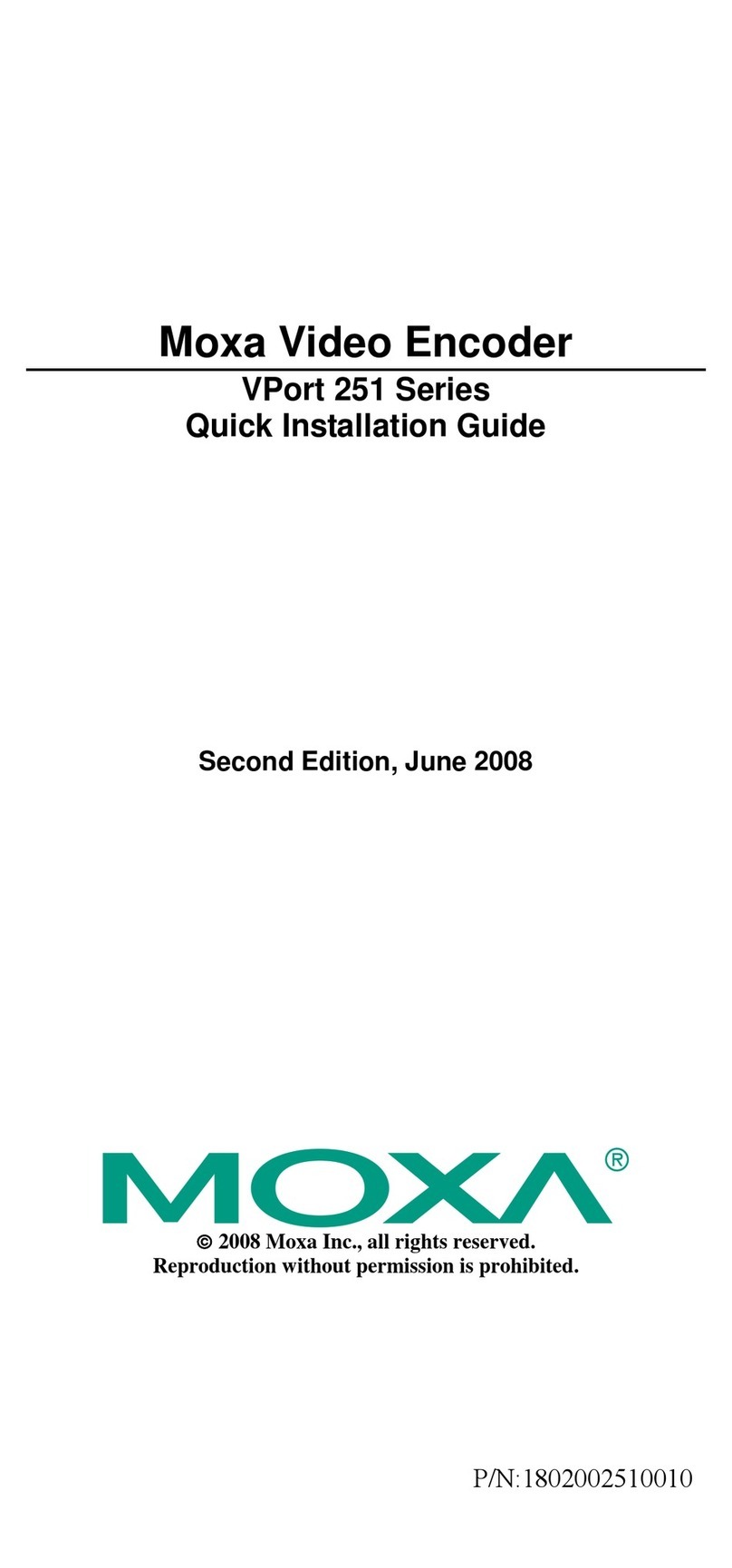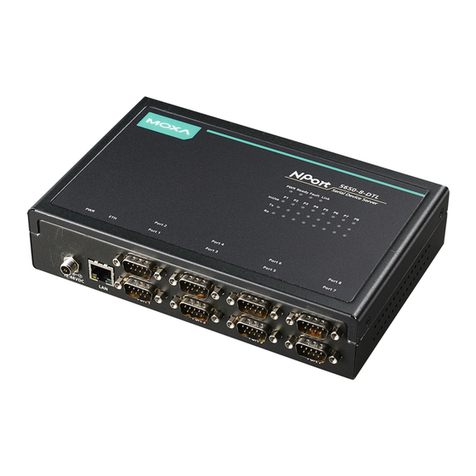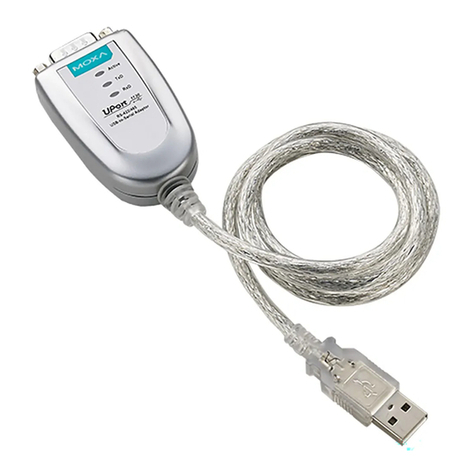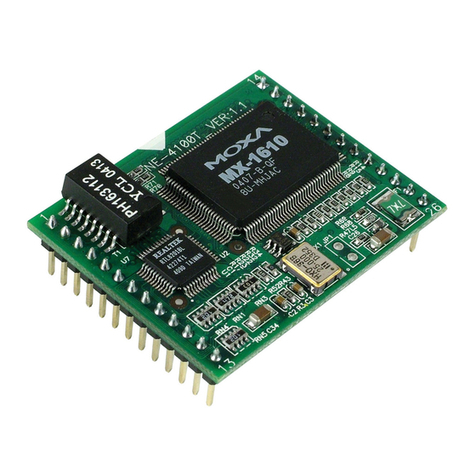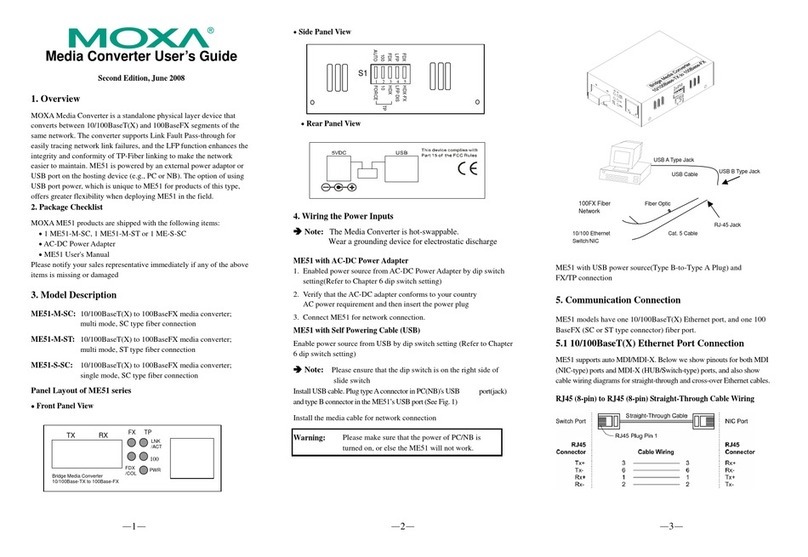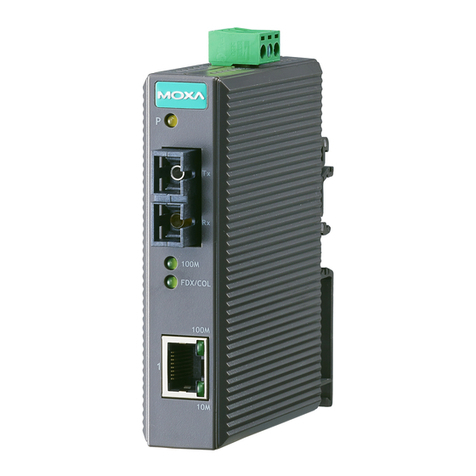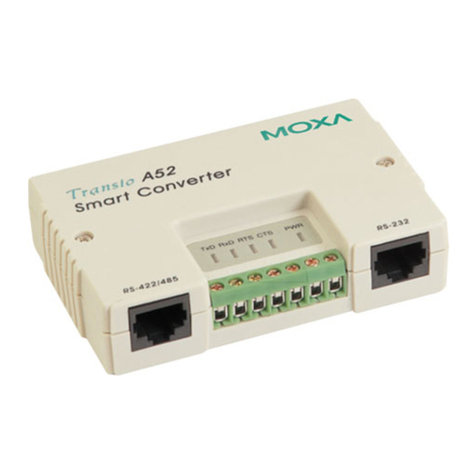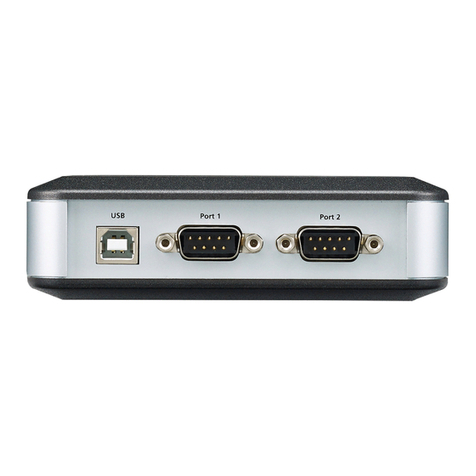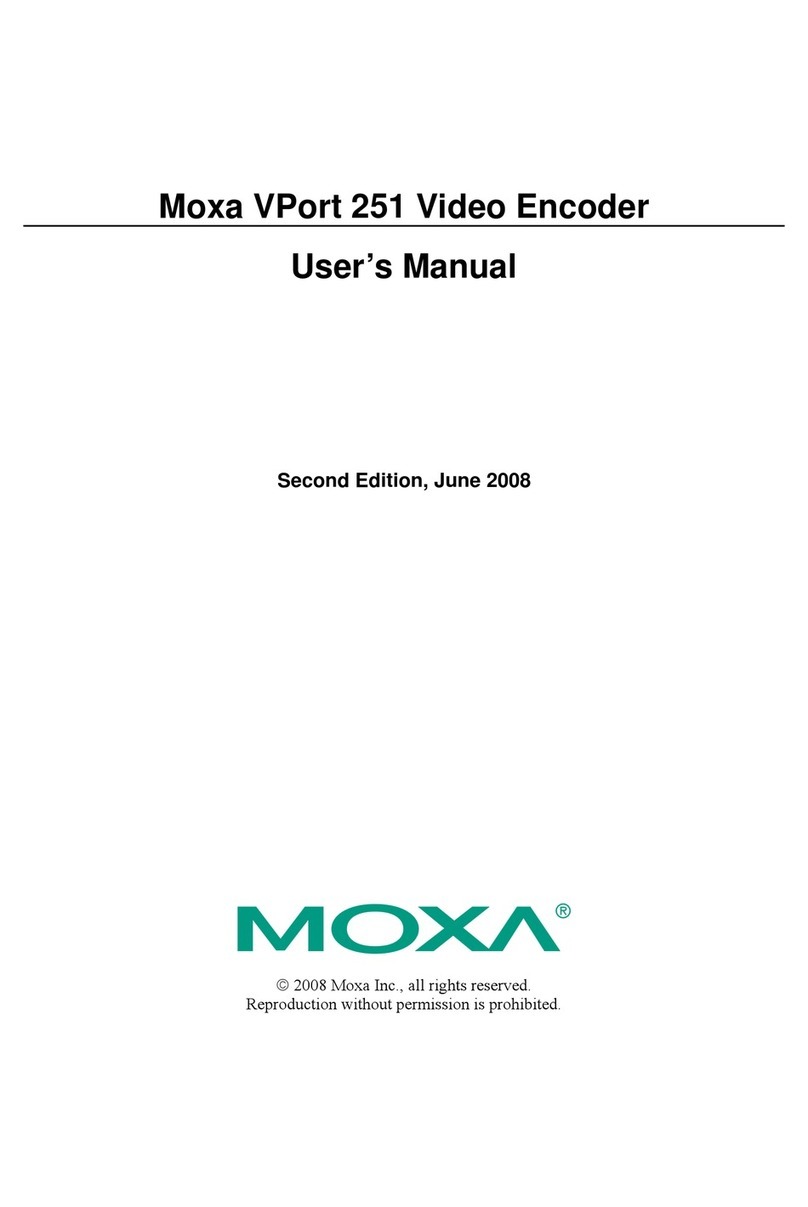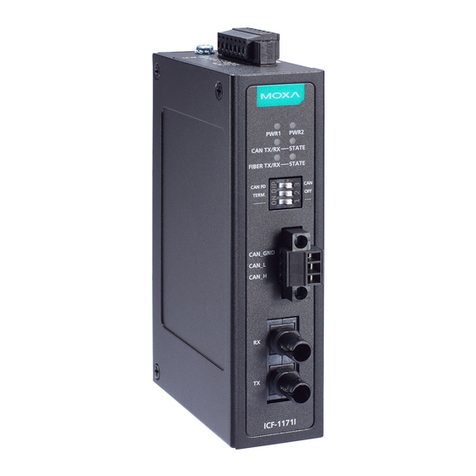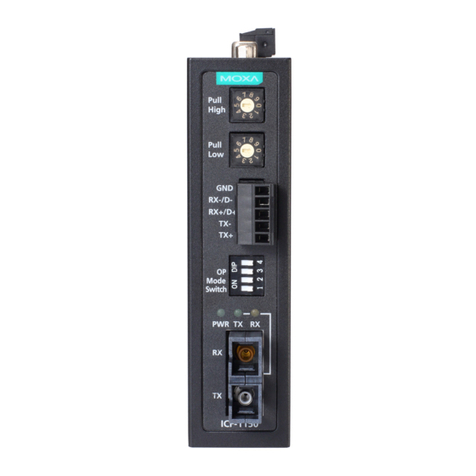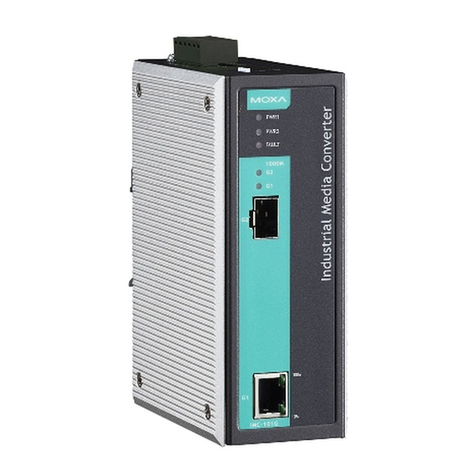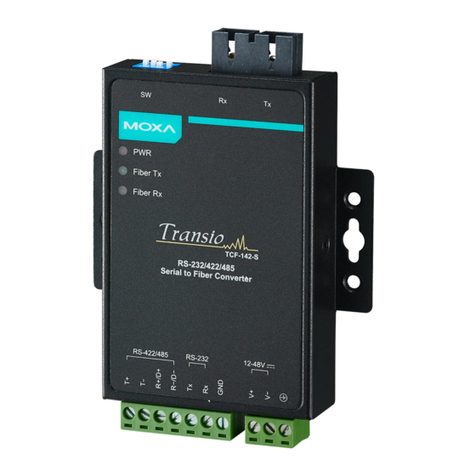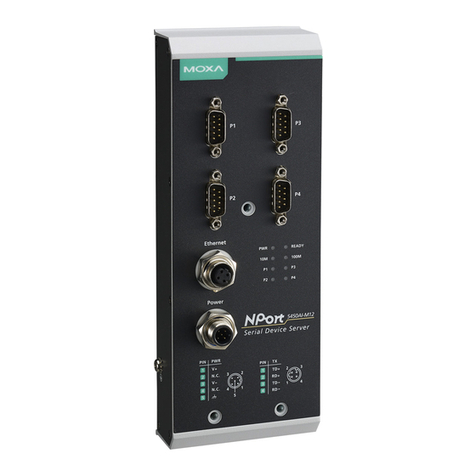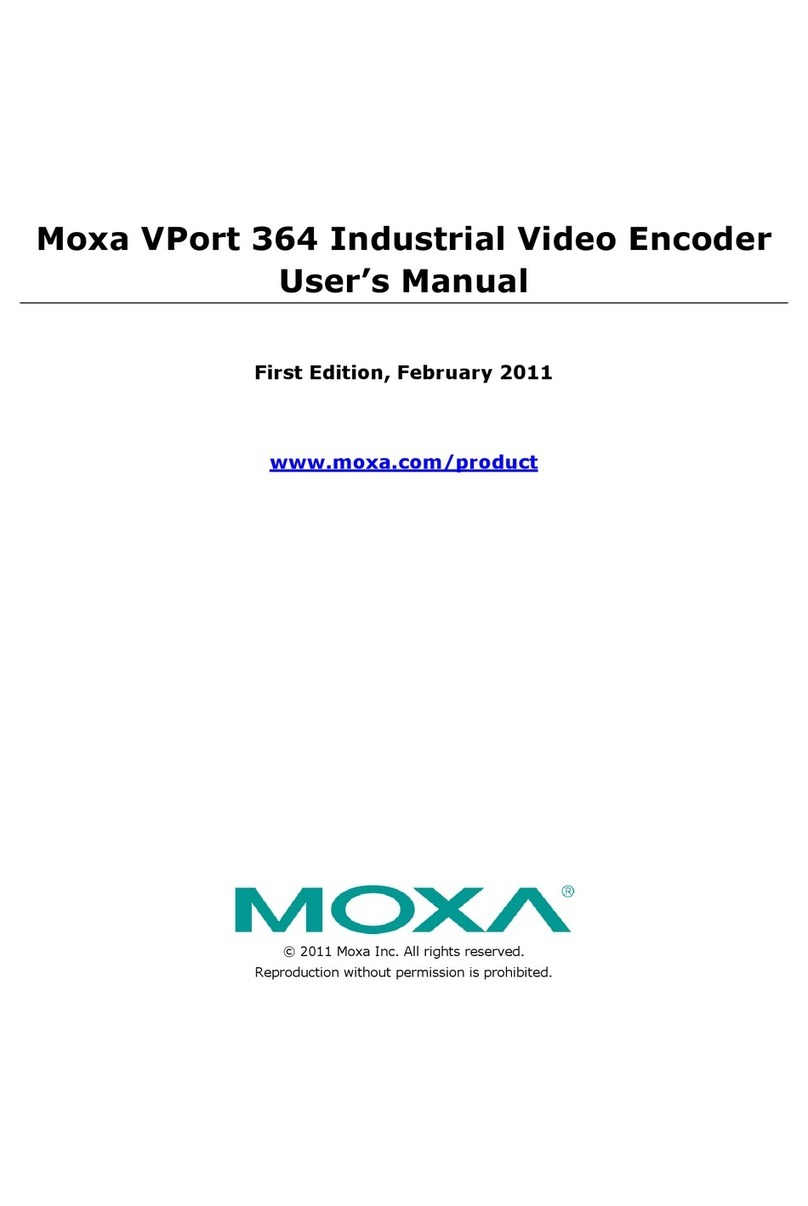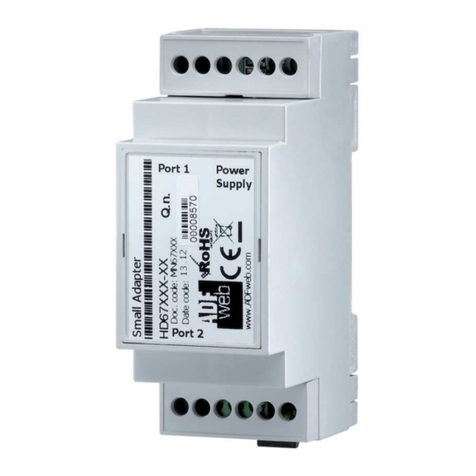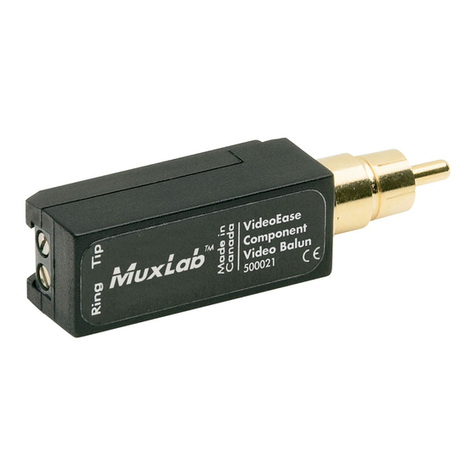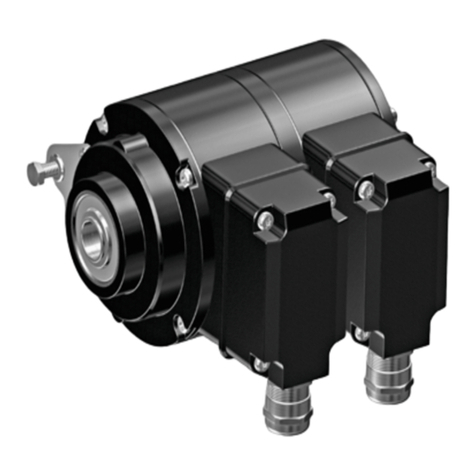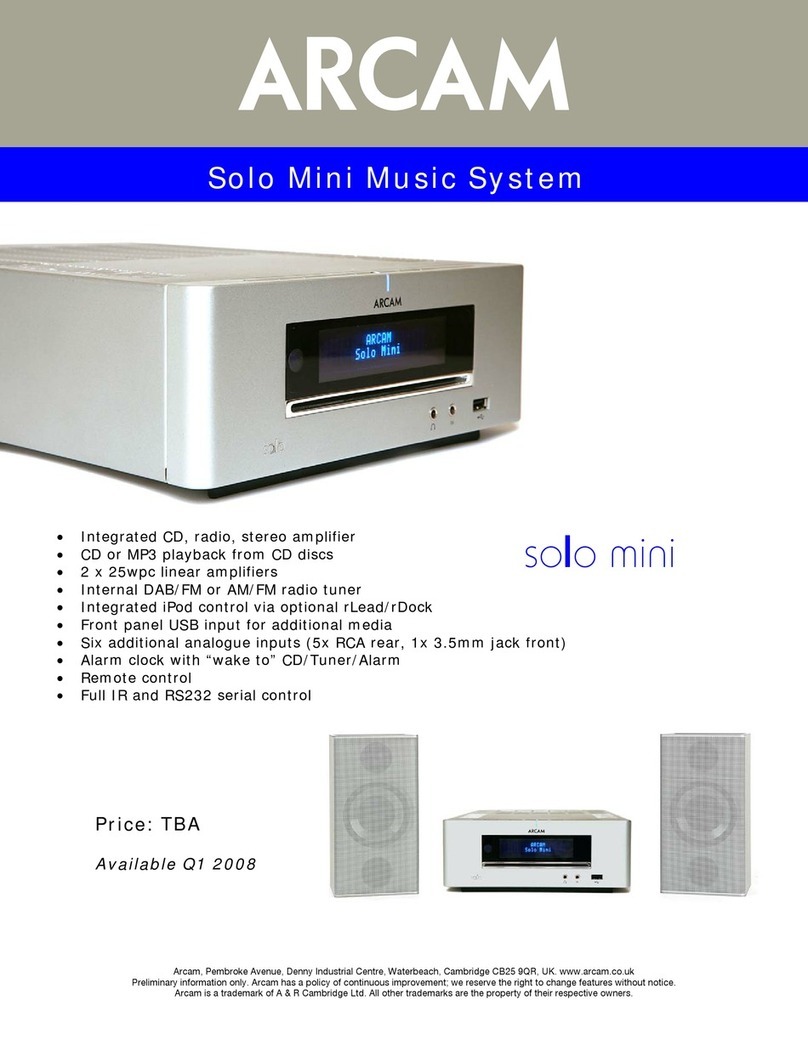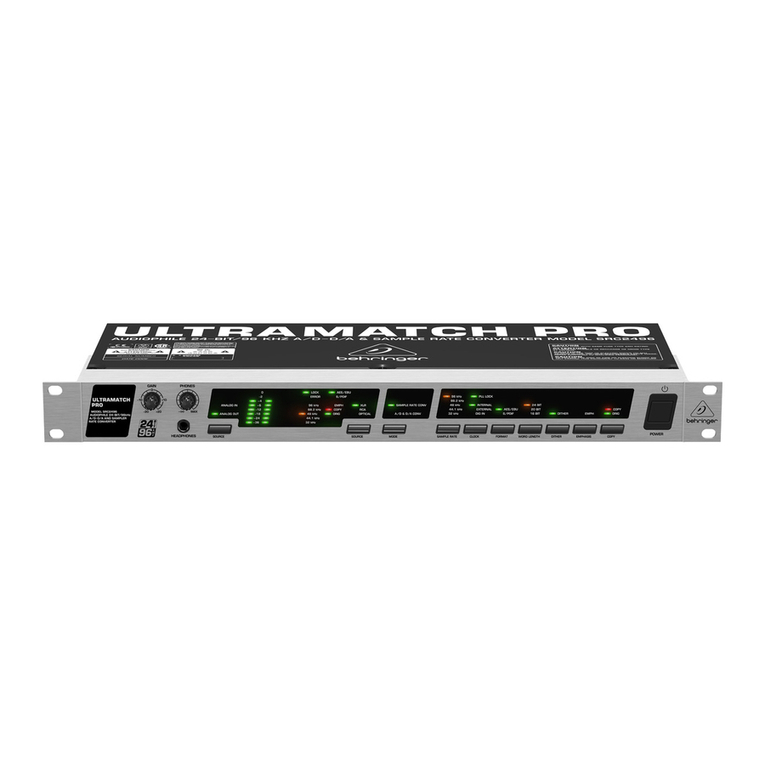
VPort 451 User’s Manual Introduction
1-3
2-way audio supported for a complete surveillance solution
The VPort 451 supports both audio input and audio output for voice over IP communication
between a field site and central site. The 2-way audio function not only saves time, but also saves
the cost of needing to add additional communication devices (such as a phone).
Rugged design for industrial environments
The VPort 451 is an industrial video encoder, which means that it is designed for harsh industrial
environments. With the 12/24 VDC and 24 VAC redundant power inputs, IP30 protection, and
DIN-Rail mounting, the VPort 451 meets the critical requirements of most industrial applications.
Most importantly, the VPort 451-T can operate reliably in a -40 to 75°C temperature range,
making it the first video encoder of its kind that can be used for extreme temperature,
industrial-grade applications. The VPort 451-T is an optimal solution for outdoor environments. In
addition, the VPort 451 has received important industrial and safety approvals, such as UL508,
making the VPort 451 well suited for transportation, utility, and manufacturing systems.
Two Ethernet ports for cascade networking and port redundancy
The VPort 451 has two built-in 10/100 Mbps Ethernet ports for cascading multiple VPort 451
units. With the cascade feature, you’ll need fewer switch ports, and also reduce the complexity of
your cable layout. Port redundancy can be used to build a backup path for video transmission in
case the primary path is broken.
SD Card for recording video locally when the network is down
The VPort 451 is equipped with an SD card socket (SDHC, V2.0) for local storage purposes,
which currently can support SD cards up to 32 GB. Enable local storage to record events that
occur when the network is down and the video stream cannot be transmitted.
Modbus/TCP supported for convenient communication with SCADA/HMI
Most automation applications use SCADA/HMI systems to monitor and control field site devices
and equipment. Many SCADA/HMI systems now require real-time video for remote monitoring,
and for this reason, the VPort 451 supports the Modbus/TCP protocol, which enables direct
communication between the VPort and the SCADA/HMI system, allowing administrators to easily
determine the status of their VPorts for maintenance purposes.
Supports serial-to-Ethernet communication for connecting a serial device
In addition to video cameras, surveillance systems also use other devices, such as sensors and card
readers. The VPort 451 provides one serial-to-Ethernet RS-232/422/485 COM port for simple,
low-cost installation of serial devices.
RTSP streaming for easy integration
RTSP (Real-time Streaming Protocol) is a client-server multimedia presentation control protocol,
which enables the interoperability of video devices and software. Hardware or software that
supports RTSP streaming can easily identify and decode the video stream without the hassle of
codec installation. For example, users can view video images from the VPort 451 directly with
Quick Time and VLC, both of which support RTSP streaming.
Multicast (IGMP) transmission for network efficiency
Transmitting digital video images via an IP network requires many times the bandwidth required
for transmitting general data. For this reason, the efficiency of network bandwidth management is
one of the most important factors that determine the performance of a video over IP surveillance
system. The VPort 451 supports multicast transmission with the IGMP protocol, which can reduce
the bandwidth requirements when multiple clients access the same video stream, and greatly
increases the efficiency of network bandwidth management.






















